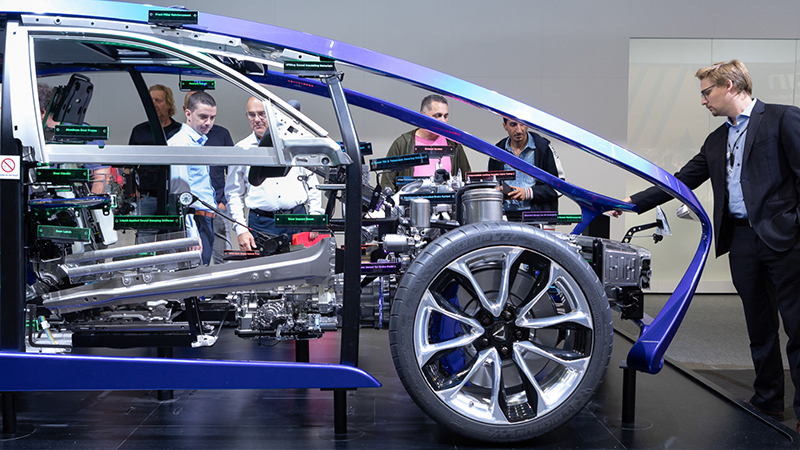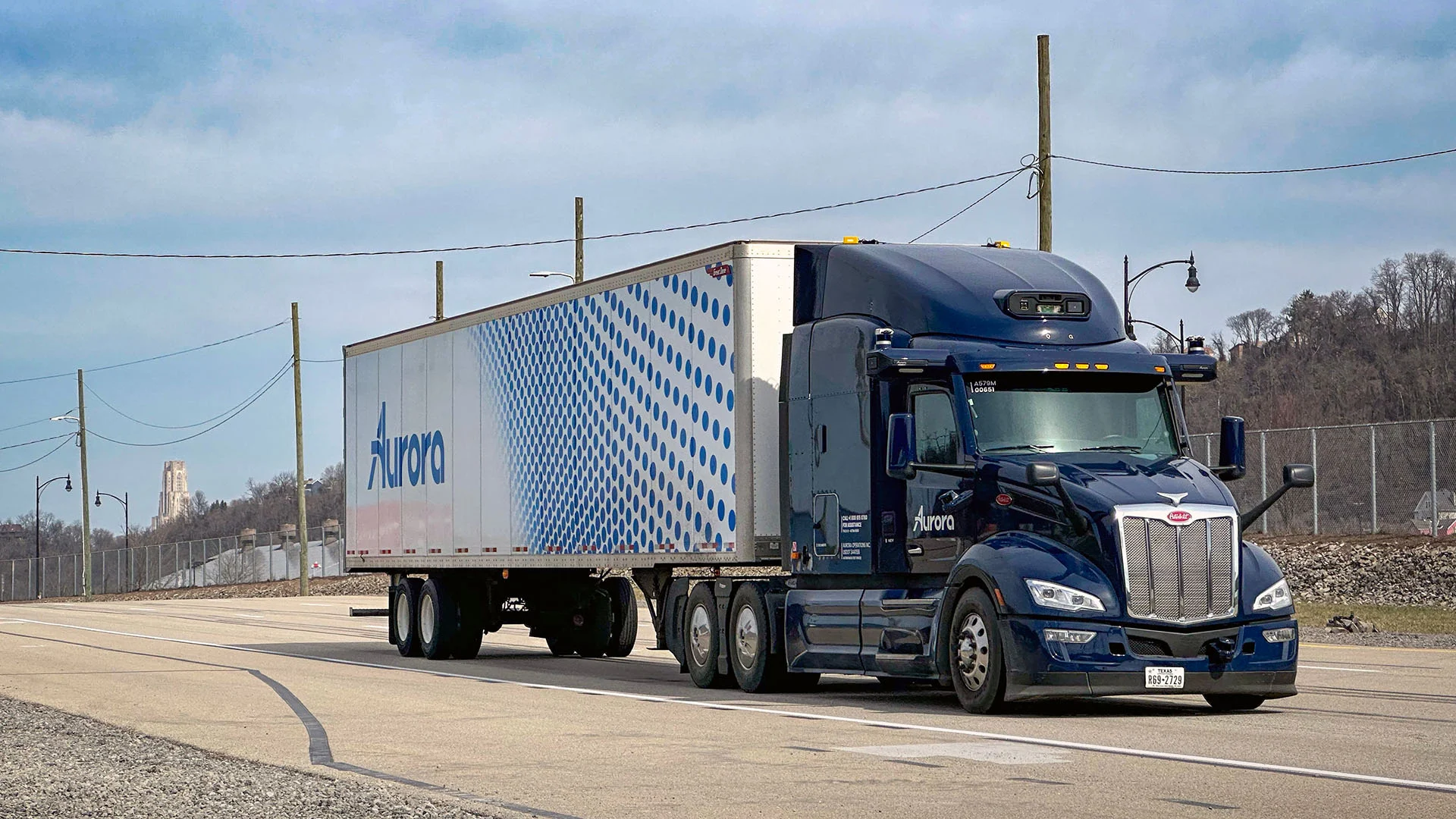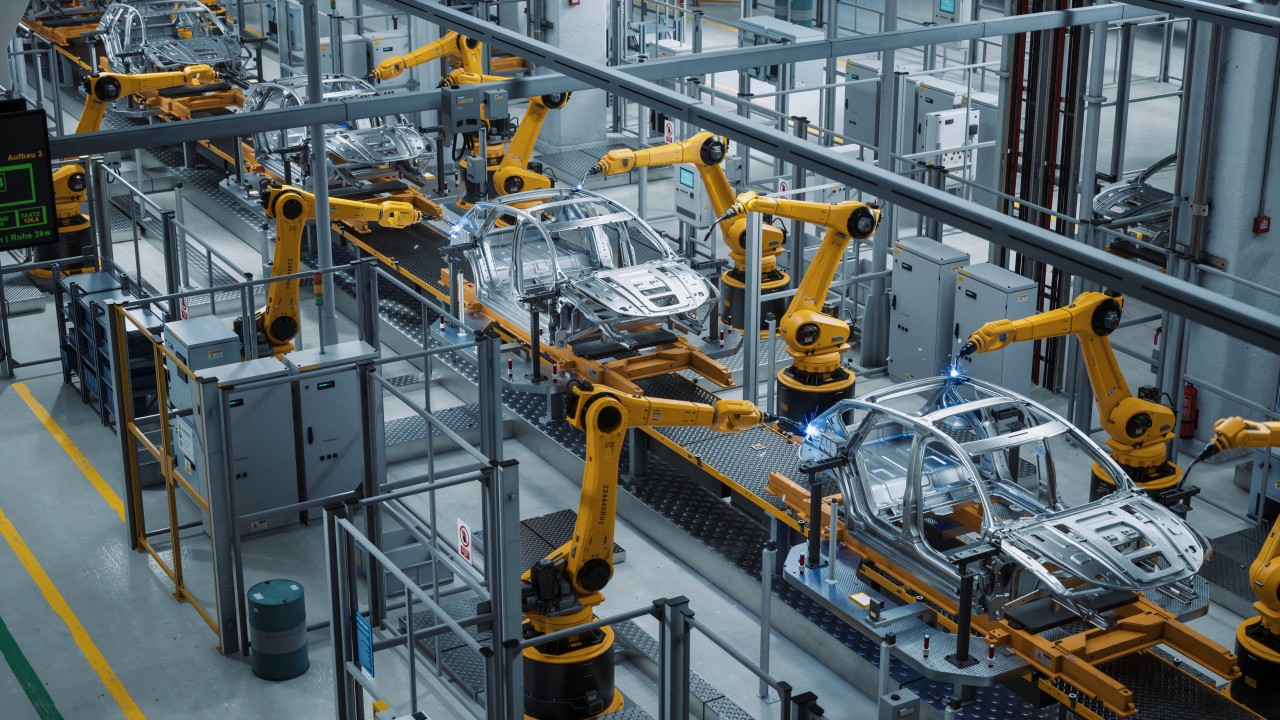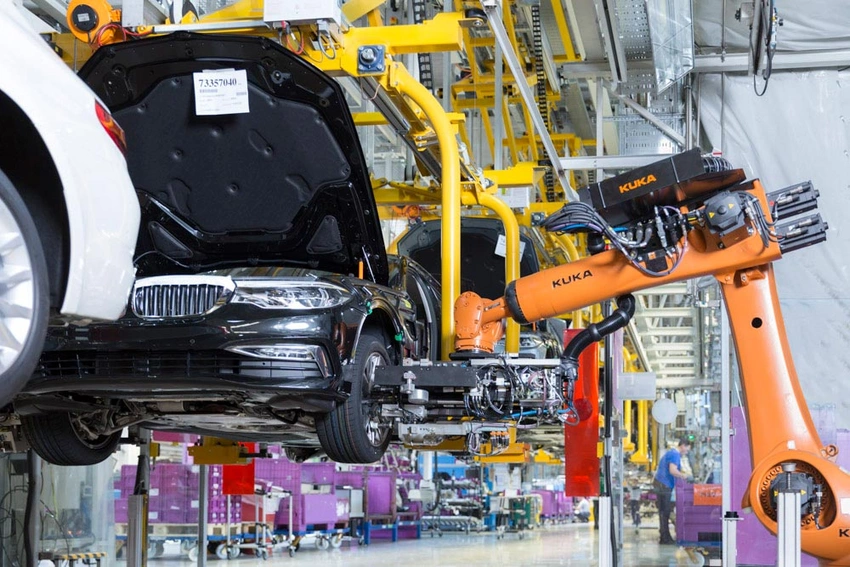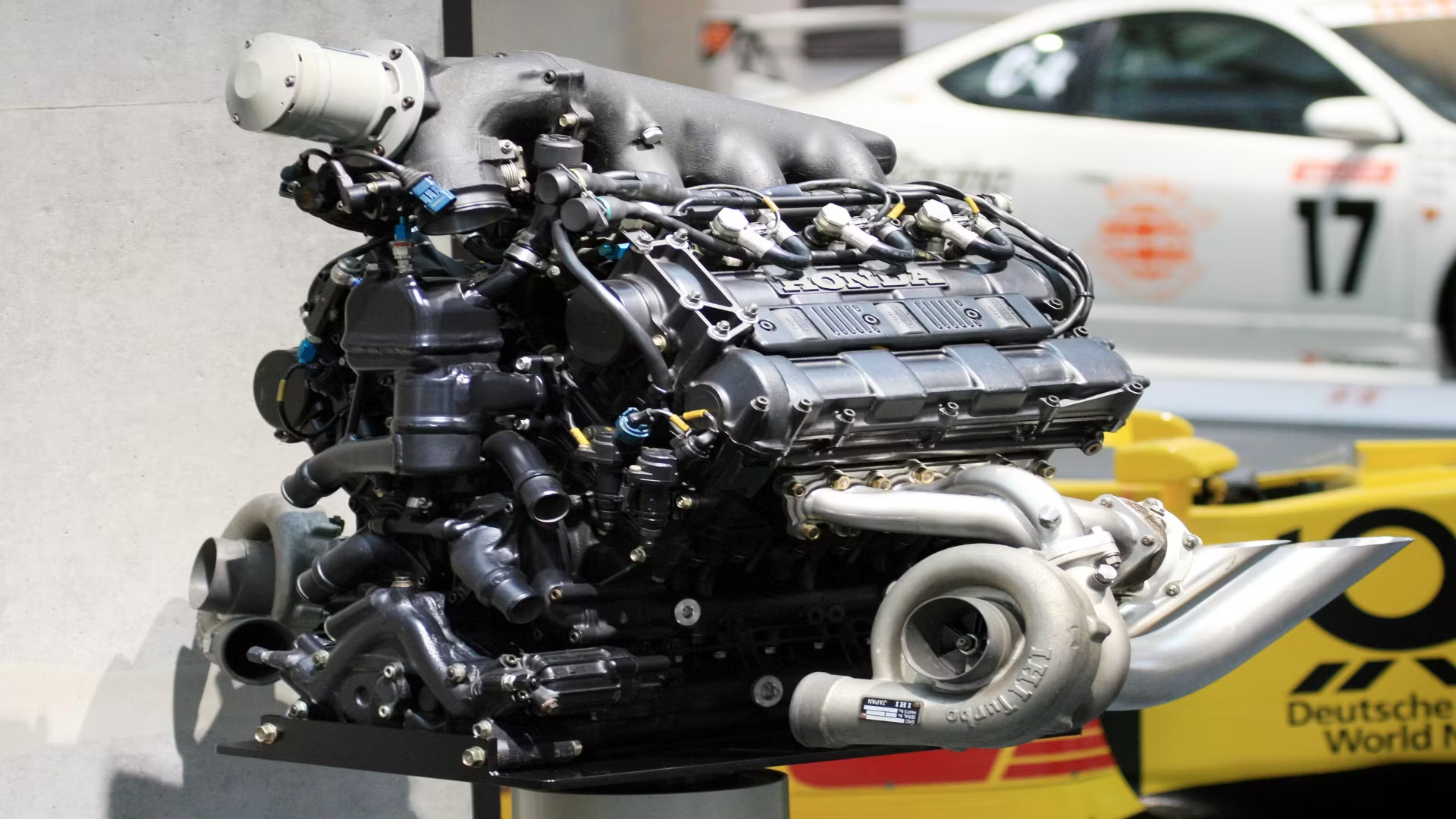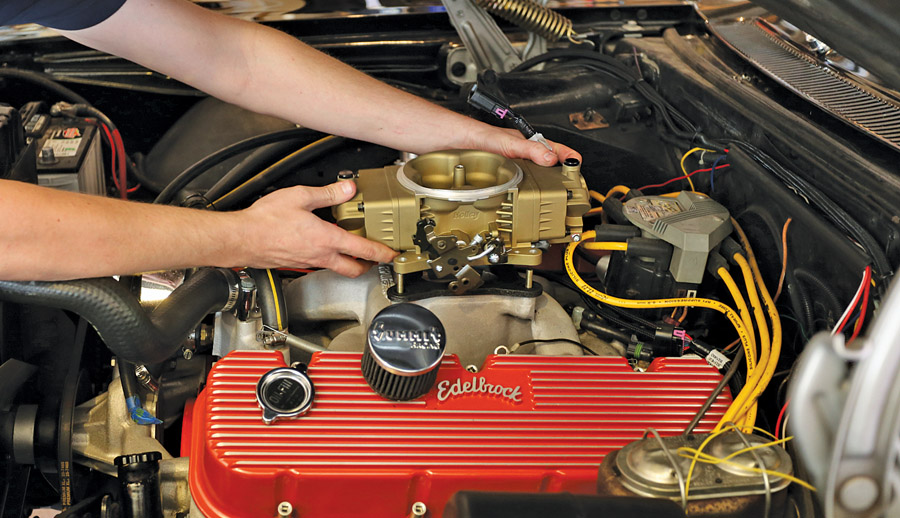0102030405
The Future of the Automotive Industry: Innovation and Sustainability at the Heart of the Global Agenda
2024-06-20 10:26:14
Introduction
The automotive sector is undergoing a monumental transformation, driven by technological innovation and growing environmental concerns. Automakers worldwide are heavily investing in research and development to address the challenges of climate change and the demand for more sustainable mobility. In this scenario, the adoption of electric vehicles (EVs), the evolution of autonomous driving technologies, and the implementation of shared mobility solutions are the key themes reshaping the landscape of the automotive industry.
Growth of Electric Vehicles
Electric vehicles are rapidly gaining ground over traditional internal combustion engines. According to the International Energy Agency (IEA), global electric vehicle sales surpassed 10 million units in 2023, marking a 35% increase from the previous year. This boom has been fueled not only by government policies incentivizing the purchase of low-emission vehicles but also by the continuous improvement of battery technologies and the expansion of charging infrastructure.
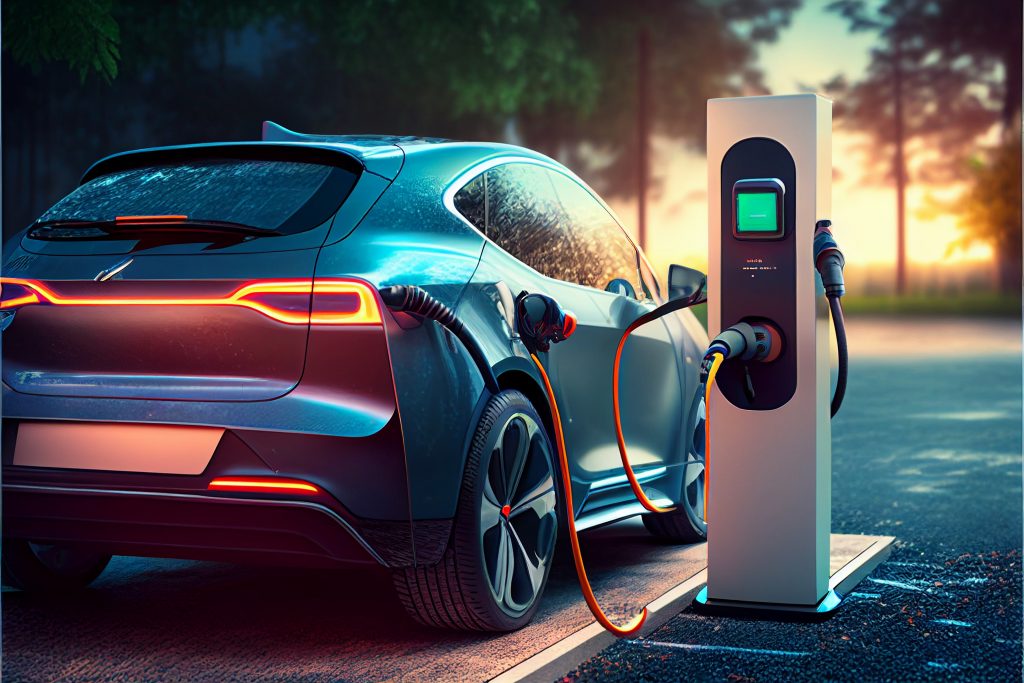
Major automakers are responding with an increasingly wide range of electric models. Tesla continues to dominate the market with its innovative Model S, Model 3, Model X, and Model Y, but competitors like Volkswagen, BMW, and Nissan are quickly catching up. The new Volkswagen ID.4, for example, has received enthusiastic reviews for its design, range, and competitive pricing.
Innovation in Autonomous Driving
Another cornerstone of the automotive future is autonomous driving. Autonomous driving technologies promise to revolutionize the way we travel, improving road safety and reducing traffic congestion. Tech companies and automakers are collaborating to develop advanced driver assistance systems (ADAS) and fully autonomous vehicles.
Waymo, Alphabet's autonomous driving division, is a leader in this sector, with millions of kilometers of testing on public roads and an operational autonomous taxi service in Phoenix, Arizona. Tesla is also pushing forward with its Full Self-Driving (FSD) system, despite criticisms and regulatory concerns about safety. Meanwhile, startups like Nuro and Zoox are developing innovative solutions for driverless delivery and passenger transport.
Shared Mobility and Sustainability
In addition to electrification and autonomous driving, shared mobility is another significant trend shaping the automotive future. Car sharing, ride-hailing, and other forms of shared mobility are reducing the need for personal vehicle ownership, especially in densely populated urban areas.
Uber and Lyft are the main players in the ride-hailing sector, while companies like Zipcar and Car2Go offer car-sharing services that allow users to rent a car for short periods. These services not only reduce the number of vehicles on the roads but also help decrease overall CO2 emissions.
Cities are playing a crucial role in this transition towards sustainable mobility by implementing low-emission zones and promoting the use of electric vehicles through charging infrastructure and tax incentives. In Europe, cities like Oslo, Amsterdam, and Paris are at the forefront, with ambitious plans to phase out internal combustion engine vehicles and become carbon neutral in the coming decades.
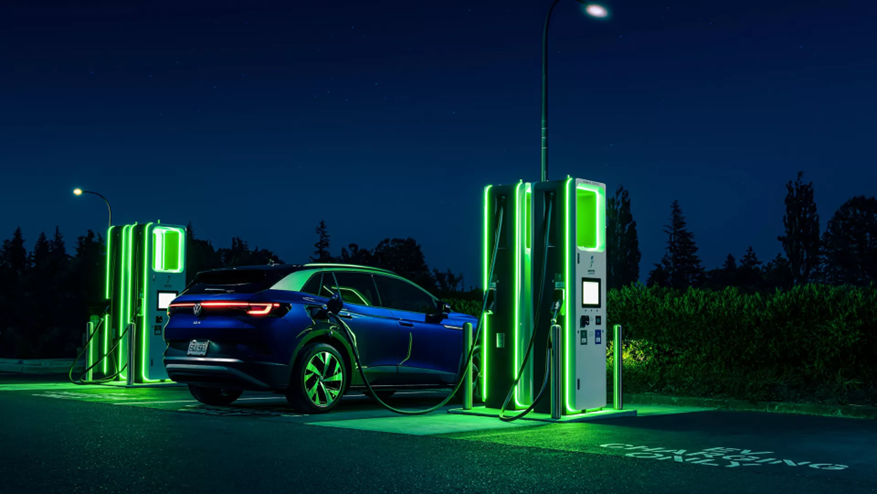
Challenges and Opportunities
Despite significant progress, the automotive sector faces several challenges. The high initial cost of electric vehicles, the limited availability of charging infrastructure in some areas, and safety concerns about autonomous vehicles are just a few of the obstacles that need to be overcome. Additionally, the transition to sustainable mobility requires coordinated efforts from governments, industries, and consumers.
However, these challenges also present opportunities. Automakers that can innovate and adapt quickly will have a significant competitive advantage. The industry must continue to invest in advanced technologies, collaborate with cities to improve infrastructure, and educate consumers about the benefits of sustainable mobility.
Conclusion
The future of the automotive industry is bright and full of promise. Electrification, autonomous driving, and shared mobility are opening new paths toward a more sustainable and efficient world. With the joint commitment of all major players in the sector, the dream of green and smart mobility is becoming an increasingly tangible reality.

